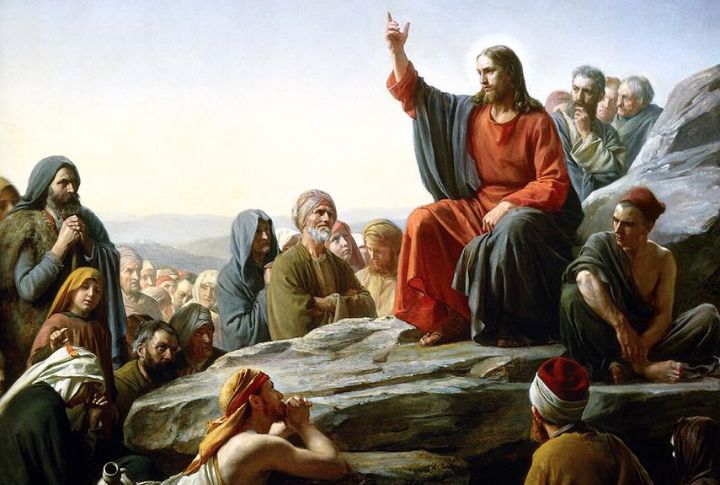
Jesus and the Bible have influenced the world for centuries—but what does history actually tell us? Archaeological discoveries, ancient writings, and non-Christian sources help piece together a clearer picture. Scholars have traced events and explored how early Christianity spread. This article shares 20 key facts grounded in evidence about Jesus and the faith that followed.
Jesus Of Nazareth Was A Historical Figure

Multiple non-Christian sources, including Roman historian Tacitus and Jewish scholar Josephus, mention Jesus. These references confirm he lived in first-century Judea and was executed under Roman authority. His existence is one of the most widely accepted facts among secular and religious historians today.
The Gospel Accounts Emerged Years After Jesus’ Demise

The four Gospels—Matthew, Mark, Luke, and John were written 40 to 70 years after Jesus’ death. They preserve oral traditions passed through early Christian communities. While the texts differ in detail, they reflect historical memories of Jesus’ teachings, crucifixion, and reported resurrection.
Jesus Was Martyred Under Roman Authority
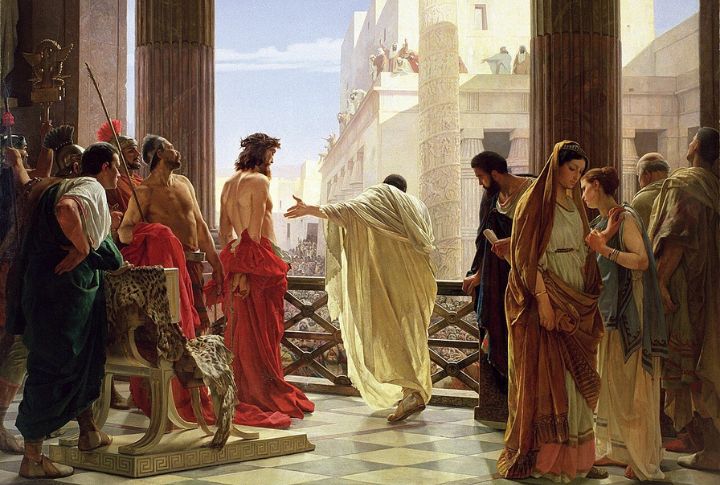
Historical evidence confirms that Jesus was executed by crucifixion during the governorship of Pontius Pilate. Crucifixion was a common Roman punishment for those viewed as political threats. The method and Roman involvement are supported by the Gospels and early non-Christian Roman records.
Early Christian Texts Reference Jesus’ Resurrection

The earliest written mentions of Jesus’ resurrection come from Paul’s letters, especially 1 Corinthians 15, dated to around 55 CE. Paul cites eyewitnesses who claimed to have seen the risen Jesus. These claims fueled the rapid growth of the early Christian movement.
Jesus Was Baptized By John The Baptist
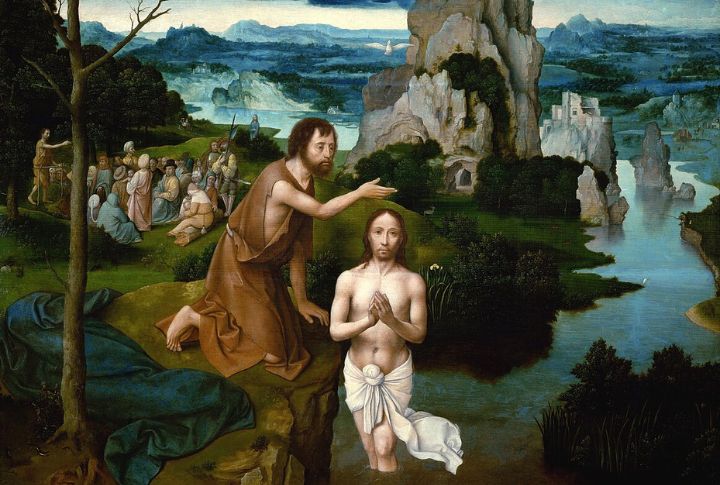
All four Gospels report Jesus’ baptism by John, a well-known Jewish preacher. Historians accept this event as likely due to its consistent presence and theological awkwardness for early Christians. It marked the beginning of Jesus’ public ministry in Galilee and the surrounding areas.
Jesus Taught In Parables
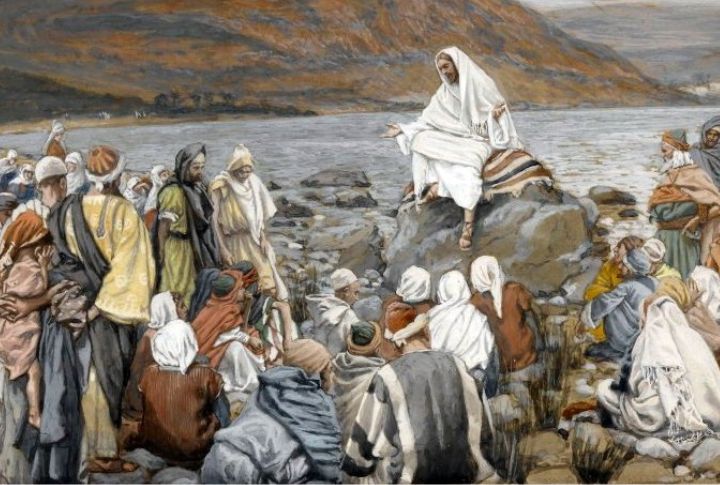
Parables were short stories Jesus used to teach moral and spiritual lessons. Found mainly in the Synoptic Gospels, they used everyday situations, like farming or business, to convey deeper truths. This teaching method was accessible and central to how his audience understood his message.
Jesus’ Ministry Took Place In Roman-Occupied Judea

Jesus lived in a time of Roman rule of high taxation and social tension. Roman governors and local religious leaders clashed often. His teachings, especially about the “Kingdom of God,” were seen as politically risky, contributing to the decision to have him executed.
The Bible Was Written Over A Thousand-Year Span

The Bible was written over more than a thousand years by many authors in various languages. The Old Testament predates Jesus by centuries, while the New one reflects the early Christian experience. This span explains its wide range of perspectives and literary forms.
Archaeological Discoveries Corroborate Biblical Figures
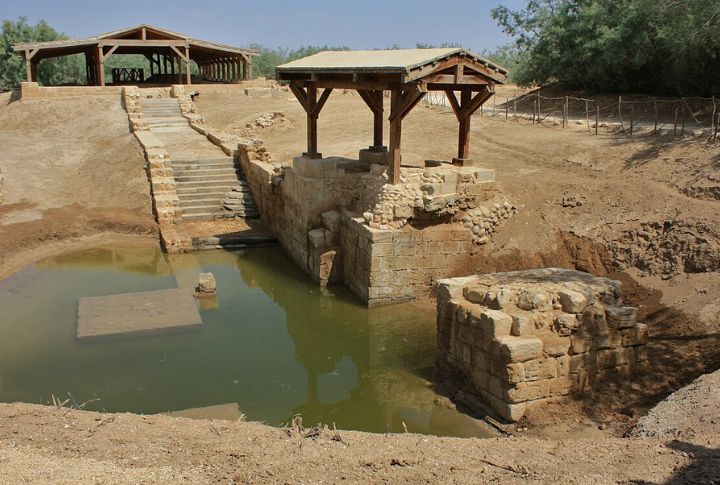
Findings like the Pilate Stone, Caiaphas Ossuary, and Pool of Siloam support the existence of New Testament figures and settings. While archaeology doesn’t prove theology, it does confirm that many people, places, and customs mentioned in the Bible were historically real and accurately described.
Jesus Preached Messages Of Compassion And Justice

Jesus often emphasized helping the poor and forgiving enemies. These themes appear in teachings like the Sermon on the Mount. His focus on mercy, humility, and justice challenged both Roman values and religious hypocrisy, drawing both followers and fierce opposition.
Early Christianity Spread Rapidly After Jesus

Within decades of Jesus’ demise, Christianity expanded throughout the Roman Empire. Followers gathered in homes, shared teachings, and faced persecution. Missionary work by apostles like Paul helped establish communities in cities like Corinth, Rome, and Ephesus, laying the foundation for a global religion.
Non-Christian Sources Refer To Jesus

Writers like Tacitus and Pliny the Younger mention Jesus or early Christians. These texts confirm he lived and inspired a movement. While not religious in nature, they offer historical support from outside the Bible for Jesus’ life and growing influence.
Early Christians Saw Jesus As Fulfilling Jewish Prophecy
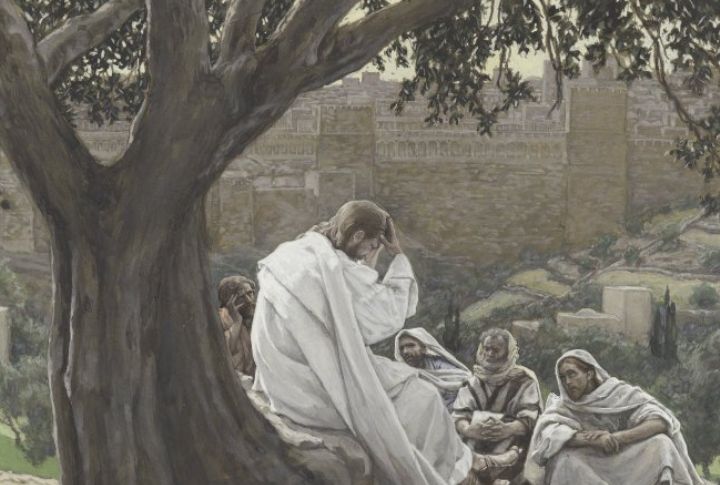
First-century believers interpreted Jesus’ life and end through the lens of Hebrew Scripture. They connected his suffering to Isaiah’s “suffering servant” and saw his resurrection as predicted in the Psalms. This belief helped explain his crucifixion and affirmed his role as the Messiah.
Jesus Challenged Religious Authorities Of His Day
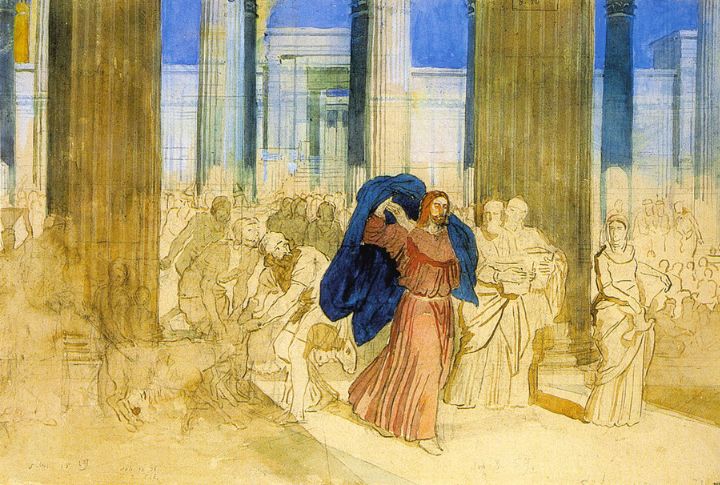
Jesus publicly questioned the practices of religious leaders, especially their use of power and legalism. He disrupted Temple commerce and criticized hypocrisy. These actions, combined with his growing influence, alarmed both Temple authorities and Roman officials, contributing to the plot to arrest him.
The Canon Of The Bible Was Not Finalized Until Centuries Later
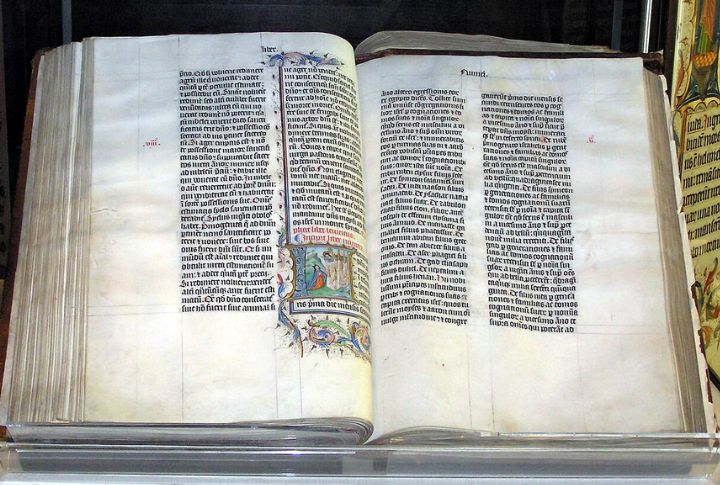
The books now in the Bible weren’t officially selected until the late fourth century. Early Christians used various texts, but disagreements about what was authoritative continued for generations. Church councils eventually confirmed the Old and New Testaments lists used by most Christians today.
Early Christian Martyrs Shaped The Faith’s Public Identity

Roman authorities persecuted early Christians who refused to worship the emperor. Martyrs like Stephen and Polycarp were executed for their beliefs. Their courage strengthened the movement and highlighted the contrast between Roman power and Christian devotion to a higher moral authority.
Paul The Apostle Transformed Christianity Into A Global Faith

Originally a persecutor of Christians, Paul converted and became a leading missionary. His letters shaped early Christian theology, especially around salvation and Jesus’ divine role. By preaching to non-Jews, Paul helped shift Christianity from a Jewish sect to a faith embraced across cultures.
Jewish Traditions Deeply Influenced The Teachings Of Jesus

The Lord was raised in a Jewish household and followed the Hebrew Scriptures. His teachings often reflected Jewish law, festivals, and prophetic themes. He quoted the Torah regularly, and his ethical ideas, like the love of neighbor, aligned closely with teachings found in Second Temple Judaism.
The Dead Sea Scrolls Illuminate First-Century Biblical Context

Found in the 1940s, the Dead Sea Scrolls hold ancient Jewish writings from the era of Jesus. They help scholars understand religious life, biblical interpretation, and the language used during that period. While Jesus isn’t mentioned directly, the scrolls offer valuable historical context for his world.
The Council Of Nicaea Unified Core Christian Beliefs
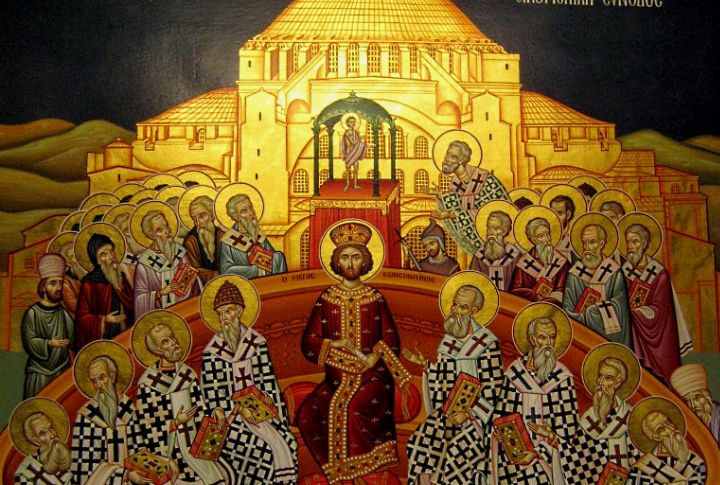
In 325 CE, Roman Emperor Constantine called church leaders to define Christian belief. The Council of Nicaea affirmed Jesus’ divinity and produced the Nicene Creed. It marked a turning point where Christian beliefs became more formally structured and aligned with imperial authority.

